7 Blue-Chip Stocks That Are Due for a Turnaround
If you had invested $100,000 five years ago in a low-cost fund that tracks Standard & Poor’s 500-stock index, you’d be sitting pretty today.


If you had invested $100,000 five years ago in a low-cost fund that tracks Standard & Poor’s 500-stock index, you’d be sitting pretty today. Over that period, the index has returned an annualized 14.6%, so you would have almost doubled your money. But not every company in the S&P 500 joined the party, for reasons ranging from fickle fashion tastes to plunging commodity prices.
In a world where past pain is often a precursor to future gain, Wall Street's dustbin can be a great place to find companies that have the potential to come back and make investors a tidy profit in the process. But turnaround investing requires patience. It can take a year or more for these kinds of companies to work through their problems.
To identify stocks that could beat the market over the next five years, we started with a list of the worst performers in the S&P 500 over the past five years. Beyond that, we looked for stocks with three-year share-price targets in Value Line that are at least 50% higher than today's prices. We excluded energy stocks, most of which rise and fall with the price of oil and natural gas, a subject on which we’re agnostic.
For those who believe that good things come to those who wait, here are seven turnaround stocks for long-term investors.
Share prices and returns are as of September 19; price-earnings ratios reflect projected earnings over the next 12 months.

Coach
- Symbol: COHShare price: $35.94Market capitalization: $10 billion52-week high/low: $43.71 - $27.22Five-year annualized return: -6.8%Value Line three-year price target: $50 - $70Price-earnings ratio: 17Dividend yield: 3.8%
The iconic fashion house went off the rails in 2012 when consumers turned to trendier accessory makers, such as Michael Kors (KORS) and Kate Spade (KATE), upending Coach’s once-brisk revenue and profit growth. Income and sales both declined in the fiscal years that ended in June 2014 and June 2015, as Coach shuffled its executive ranks and cut costs. Growth resumed in the June 2016 fiscal year, and Morningstar analyst Adam Fleck thinks Coach’s strategic plan and investments in design have positioned the company for long-term success. He notes, too, that Coach’s “underdeveloped” international business represents a growth opportunity.
However, for Coach to grow, it needs to sell more than just handbags. Plus, fashion is notoriously fickle. That makes Coach’s turnaround risky, says Value Line analyst Andre Costanza. However, the stock yields a tidy 3.8%, providing some compensation to shareholders as they wait for the turnaround to materialize.

First Solar
- Symbol: FSLRShare price: $34.42Market capitalization: $3.5 billion52-week high/low: $74.29 - $34.37Five-year annualized return: -16.3%Value Line three-year price target: $80 - $125Price-earnings ratio: 12Dividend yield: 0%
First Solar, a maker of solar panels, could do no wrong after Uncle Sam approved tax credits for installing commercial and residential solar panels a decade ago.
Revenues and profits soared, and the stock reflected investors’ high hopes by rocketing nearly 800% in 2007, First Solar’s first full year as a publicly traded company. But increased competition from both U.S. and Chinese solar manufacturers started to pinch sales growth at the beginning of the decade, and First Solar posted losses in 2011 and 2012. Sales and profits have been rising ever since, but investors remain wary of solar companies, partly because a key player, SunEdison (SUNEQ), filed for bankruptcy protection earlier this year.
That First Solar’s price-earnings ratio of 12 is well below the overall market’s P/E of 17 isn’t surprising. Investors still worry about the impact of competition, particularly from low-cost manufacturers in China. Still, Morningstar analyst Stephen Simko believes that First Solar’s future is the brightest of any company in the sector. The stock is likely to remain volatile, adds analyst James Flood of Value Line. But Flood notes that First Solar’s balance sheet is rock-solid and demand for solar energy should remain robust, giving the stock “above average” appreciation potential in the long run.

Owens-Illinois
- Symbol: OIShare price: $17.20Market capitalization: $2.8 billion52-week high/low: $24.05 - $11.58Five-year annualized return: -0.8%Value Line three-year price target: $35 - $50Price-earnings ratio: 7Dividend yield: 0%
With production facilities all over the globe, Owens-Illinois is one of the world’s largest makers of glass containers for food and beverages. But profits and sales have languished since the Great Recession as OI’s customers turned to lighter, cheaper aluminum and plastic packaging instead of glass. That has shattered the stock price, which peaked at at just under $61 in April 2008.
Trying to improve results, the company shook up the executive suite and the board of directors last year. New CEO Andres Lopez is now focused on streamlining operations, cutting costs and boosting sales by catering to makers of craft and premium beers. To be sure, challenges remain. Lopez has acknowledged that the long slide in sales and earnings has left Owens-Illinois with an investor “credibility gap.” But analysts at both Morningstar and Value Line say they’re impressed by the progress Lopez has made so far.

Perrigo
- Symbol: PRGOShare price: $93.28Market capitalization: $13.4 billion52-week high/low: $173.53 - $82.50Five-year annualized return: -0.2%Value Line three-year price target: $185 - $280Price-earnings ratio: 13Dividend yield: 0.6%To borrow a phrase from children’s literature, “a series of unfortunate events” halved the shares of Perrigo, a leading maker of generic drugs and over-the-counter medications, over the past 14 months. The saga started in April 2015 when Mylan (MYL), headquartered in the Netherlands, launched a hostile takeover bid for Dublin-based Perrigo for cash and stock worth about $29 billion. Two weeks later, Israel’s Teva Pharmaceutical Industries (TEVA) initiated a hostile $40 billion takeover bid for Mylan, boosting Mylan’s share price and, therefore, the value of Mylan’s proposed purchase of Perrigo. Three months after that, Teva withdrew its offer for Mylan, causing Mylan’s shares to fall, reducing the value of Mylan’s proposed price tag for Perrigo and giving Perrigo CEO Joe Papa the opportunity to convince his firm’s shareholders that the Mylan offer was grossly inadequate.
Papa promised to make operational changes to improve Perrigo’s profitability, which had been sliding since 2013, and ultimately convinced Perrigo shareholders to reject the deal. A few months later, around the time Perrigo was writing down its investment in Omega Pharma, purchased earlier in the year, Papa abruptly jumped ship to join Valeant Pharmaceuticals (VRX). Since then, hedge fund Starboard Value disclosed that it had taken a 4.6% stake in Perrigo and told the board that “material change is necessary” to improve the prospects for shareholders. Whether Starboard’s interest will result in a happy ending for Perrigo shareholders remains to be seen, but the core business—over-the-counter drugs, private-label infant formula and some brand-name pharmaceuticals—is growing, and Value Line analyst J. Susan Ferrara expects profitability to improve from a better product mix and cost cutting. That makes Perrigo a worthwhile long-term holding.

Staples
- Symbol: SPLSShare price: $8.55Market capitalization: $5.6 billion52-week high/low: $13.50 - $8Five-year annualized return: -5.6%Value Line three-year price target: $12 - $17Price-earnings ratio: 10Dividend yield: 5.6%Opposition from federal regulators nixed the planned merger of office supply giants Staples and Office Depot (ODP) earlier this year, triggering a plunge in Staples’ shares and a shake-up in the management ranks. Under interim CEO Shira Goodman, formerly president of Staples’ North America operations, the company is implementing a new strategic plan. Staples is narrowing its focus to serve midsize businesses, closing 50 stores in the U.S. this year, and exploring “strategic alternatives” for its European operations. Cost cutting is expected to slash annual expenses by $300 million. Still, competition in the office-supply market is likely to keep profit margins thin, and that may weigh on near-term results, says Value Line analyst Oriatal Haiby, But, she adds, Staples has superior long-term potential. Meanwhile, the stock delivers a generous dividend yield, and there’s no hint of a payout cut on the horizon.

Viacom
- Symbol: VIABShare price: $36.77Market capitalization: $14.6 billion52-week high/low: $53.35 - $30.11Five-year annualized return: -1.8%Value Line three-year price target: $85 - $125Price-earnings ratio: 9Dividend yield: 4.4%Until this spring, Philippe Dauman’s unspectacular run as the head of entertainment conglomerate Viacom seemed secure – cemented by his longtime friendship with majority owner Sumner Redstone. But a behind-the-scenes battle stemming from the 93-year-old Redstone’s health led recently to a rift between the mogul and his protégé. With each side calling the other incompetent to lead, the parties waged a battle worthy of an episode of “Mob Wives,” which ran on Viacom’s VH1 station for nearly five years. Finally, both sides agreed to a truce that sent Dauman packing and added five members from Redstone’s team to Viacom’s board.
Redstone appears to have ceded control of Viacom — which owns, among other things, MTV, Nickelodeon and Paramount Pictures — to his daughter, Shari. Morningstar analyst Neil Macker thinks there’s more drama to come. But that doesn’t alter Viacom’s prospects. Macker says investors are undervaluing Viacom’s portfolio of cable networks, programming and its film library. Meanwhile, shareholders can buy a lot of popcorn with the stock’s healthy dividend while waiting for the executive suite drama to play out.

Wynn Resorts
Although Wynn Resorts started as a gaming company in Las Vegas, its future depends on a former Portuguese territory on the south coast of China called Macau. This semiautonomous region, deeded to China in 1999, is a gambling mecca frequented by high rollers from around the world. Some 60% of Wynn’s revenues already come from the district, and Wynn has just opened its second resort there, this one in the trendy Cotai region.
The big risk for Wynn – and its biggest opportunity – is Chinese regulation of gambling. The government has awarded only six gaming licenses on Macau, severely restricting competition. That’s a big plus for the players, such as Wynn, that have already secured one of these coveted licenses. However, Chinese regulators have proved vexing in the past, restricting the number of gaming tables that casinos can operate and the number of people who could travel from the Chinese mainland and tightening regulations on tour operators, which dramatically cut into gaming revenues. If regulators continue to restrict gambling, Wynn’s revenues and profits could shrivel.
The remaining portion of Wynn’s revenues come from Las Vegas, but the company plans to open a resort near Boston in 2019. That aside, until the state of regulation in Macau is settled, Wynn will remain a gamble, says Value Line analyst Dominic Silva. But the stock, which has just started to reverse a steep two-year slide due to worries about Chinese regulation, has great recovery potential.
Profit and prosper with the best of Kiplinger's advice on investing, taxes, retirement, personal finance and much more. Delivered daily. Enter your email in the box and click Sign Me Up.

-
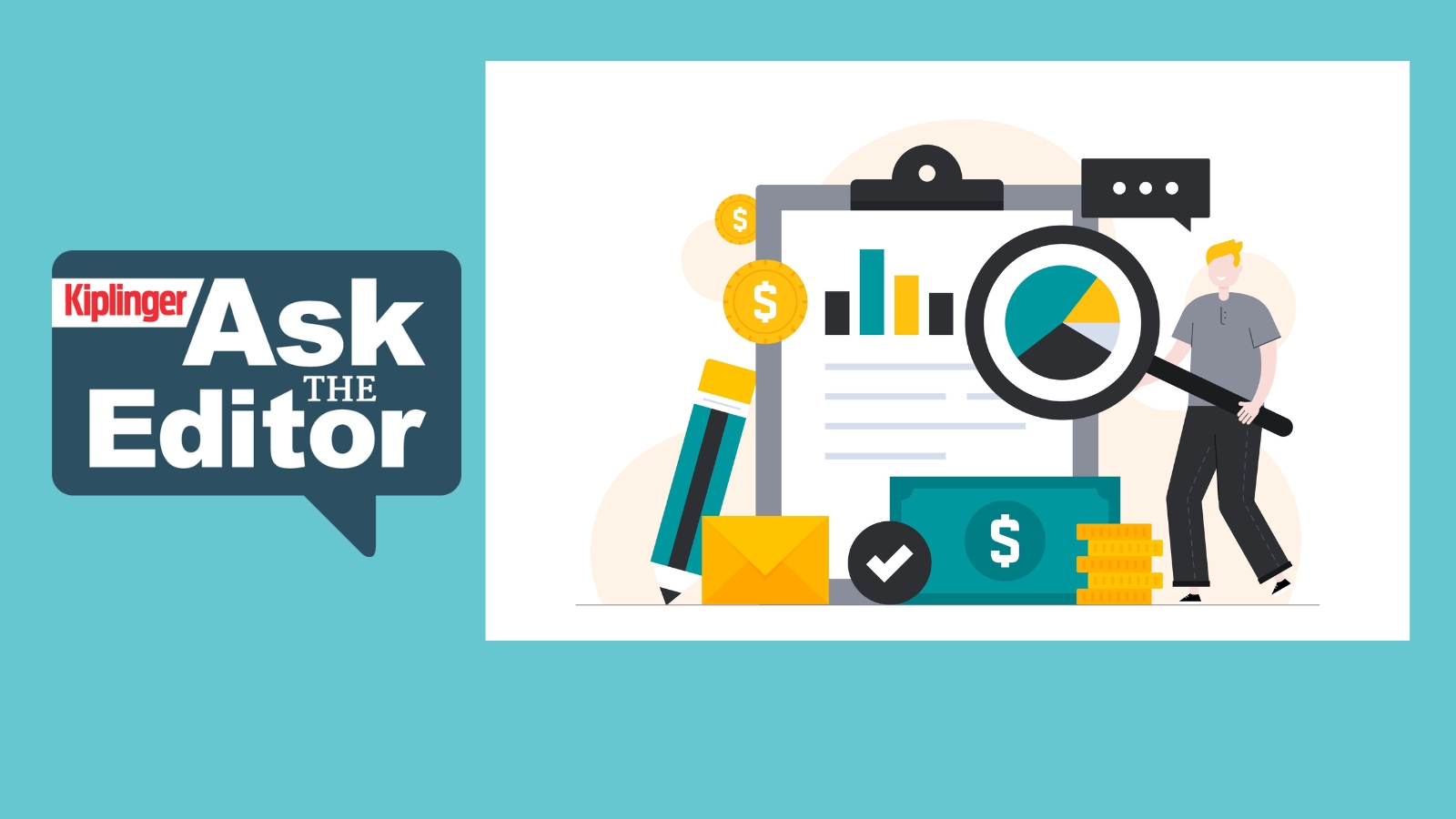 Ask the Editor: Modified Adjusted Gross Income
Ask the Editor: Modified Adjusted Gross IncomeAsk the Editor In this week's Ask the Editor Q&A, Joy Taylor answers questions on the meaning of modified adjusted gross income, or MAGI.
-
 Eight Spooky Retirement Stats That Will Scare the Bejesus Out of You
Eight Spooky Retirement Stats That Will Scare the Bejesus Out of YouThink you have retirement planning down to a science? Consider these scary statistics.
-
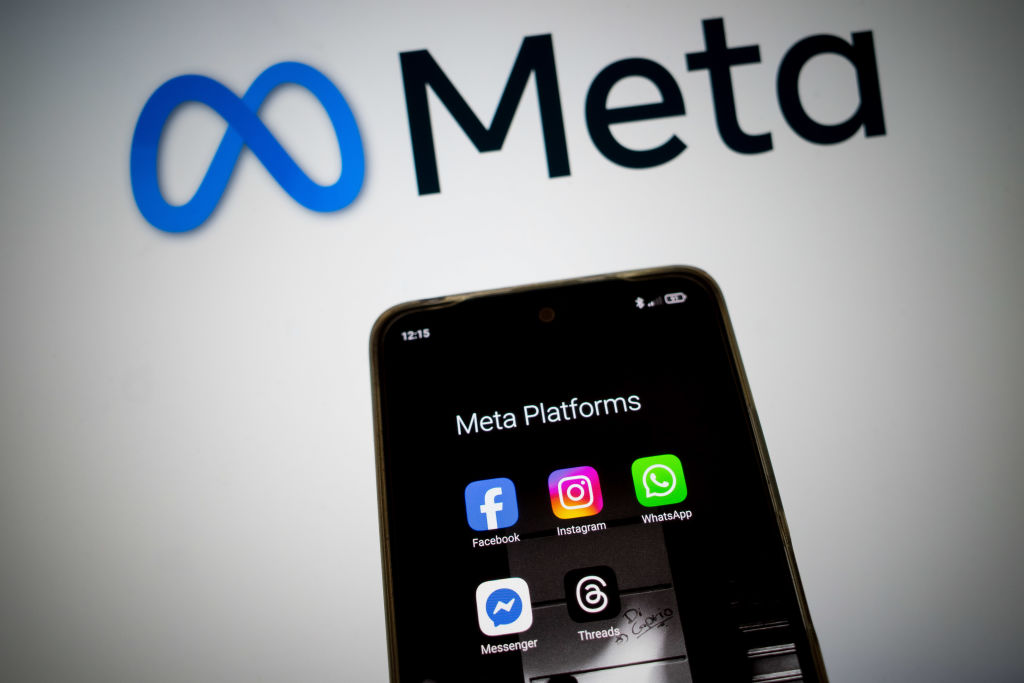 Stocks Sink with Meta, Microsoft: Stock Market Today
Stocks Sink with Meta, Microsoft: Stock Market TodayAlphabet was a bright light among the Magnificent 7 stocks today after the Google parent's quarterly revenue topped $100 billion for the first time.
-
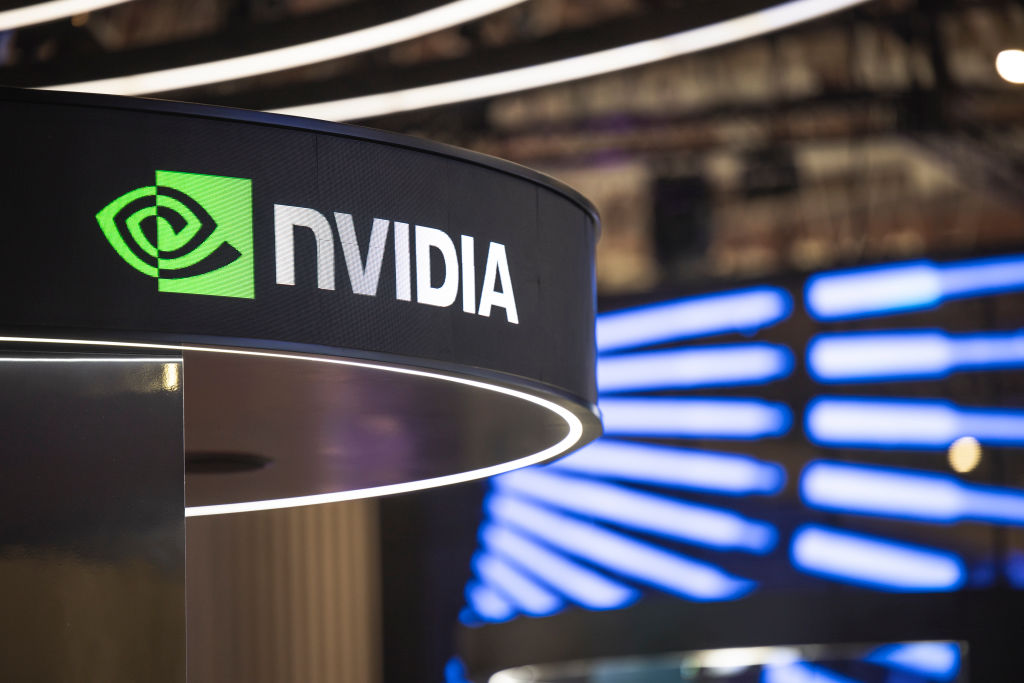 Dow, S&P 500 Slip on December Rate Cut Worries, Nvidia Boosts Nasdaq: Stock Market Today
Dow, S&P 500 Slip on December Rate Cut Worries, Nvidia Boosts Nasdaq: Stock Market TodayNvidia became the first company ever to boast a $5 trillion market cap, but it wasn't enough to lift the Dow and the S&P 500.
-
 Stocks Hit Fresh Highs Ahead of the Fed As Earnings Pump Optimism: Stock Market Today
Stocks Hit Fresh Highs Ahead of the Fed As Earnings Pump Optimism: Stock Market TodaySHW and UNH were two of the best Dow Jones stocks Tuesday, thanks to solid earnings reports, and MSFT closed with a $4 trillion market cap.
-
 US-China Trade Hopes Send Stocks to New Highs: Stock Market Today
US-China Trade Hopes Send Stocks to New Highs: Stock Market TodayApple and Microsoft are on track to join Nvidia in the $4 trillion market cap club.
-
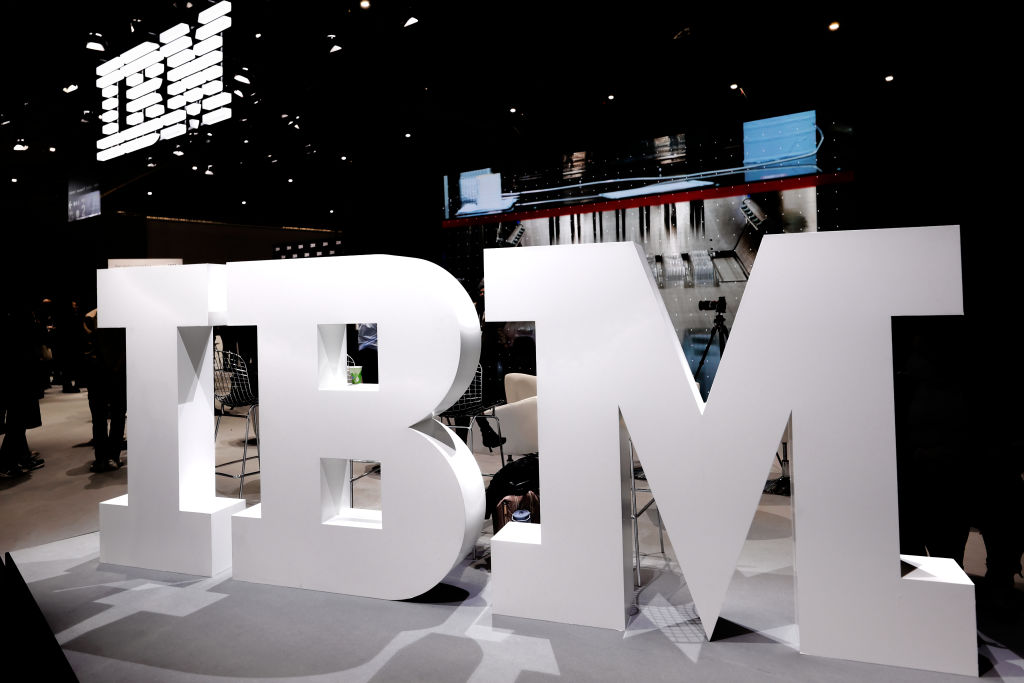 Dow Adds 472 Points After September CPI: Stock Market Today
Dow Adds 472 Points After September CPI: Stock Market TodayIBM and Advanced Micro Devices created tailwinds for the main indexes after scoring a major quantum-computing win.
-
 Honeywell Leads Dow Higher: Stock Market Today
Honeywell Leads Dow Higher: Stock Market TodayOil prices got a lift after the Treasury Department announced new sanctions on Russia's two largest oil companies.
-
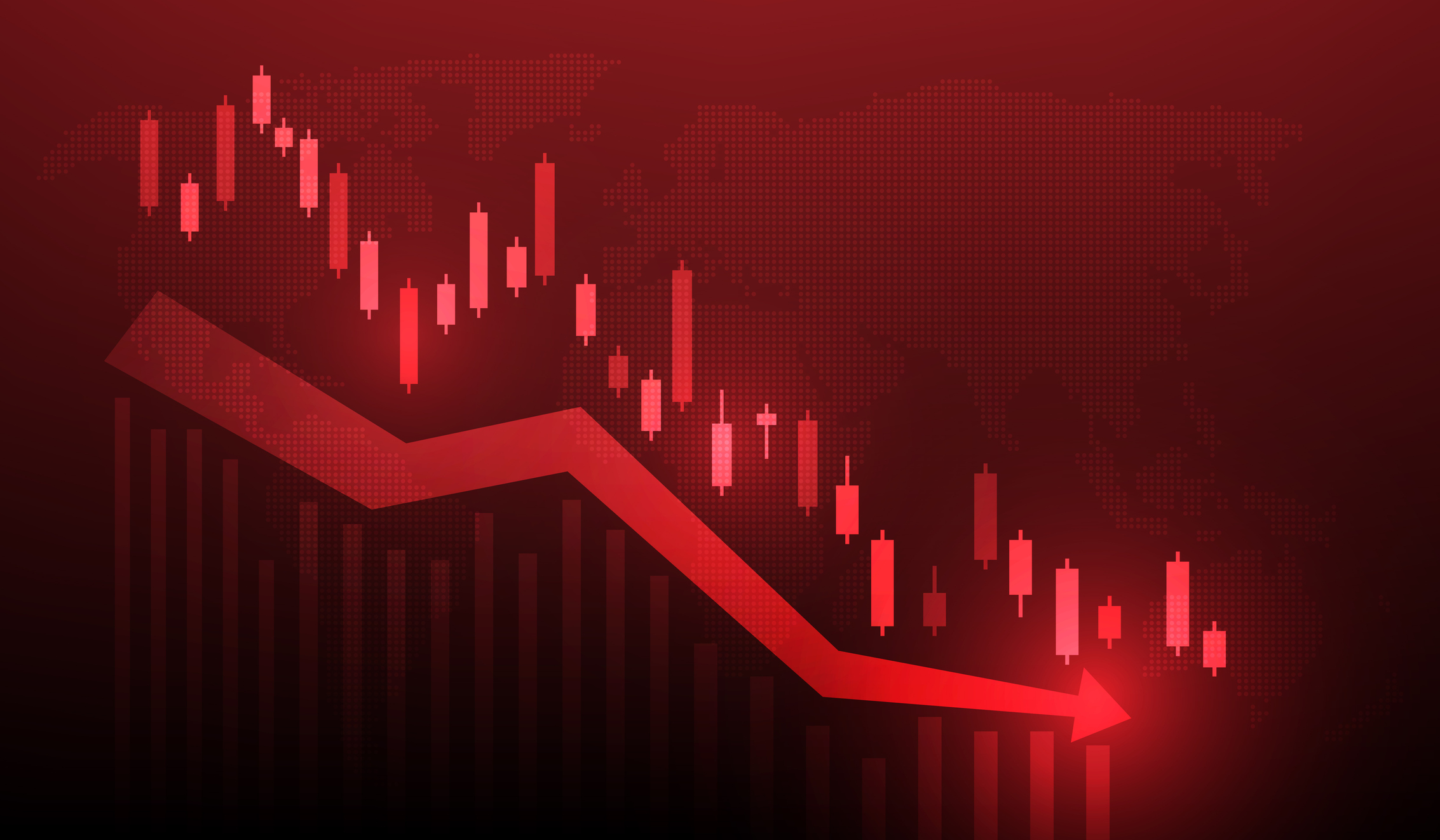 Dow Beats 334-Point Retreat on Tech Bite: Stock Market Today
Dow Beats 334-Point Retreat on Tech Bite: Stock Market TodayInvestors, traders and speculators wonder whether this remains a Magnificent 7 market and how long this AI-driven bull run will last.
-
 3M, GM, Blue Chips Lead to the Upside: Stock Market Today
3M, GM, Blue Chips Lead to the Upside: Stock Market TodayThe S&P 500 followed the Dow Jones Industrial Average into green territory, but the Nasdaq lagged the other indexes because of its tech exposure.
